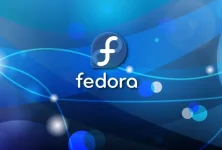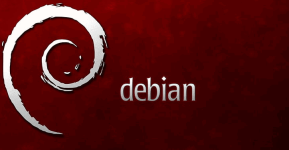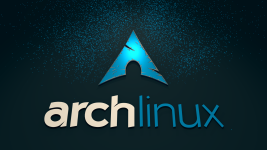FitnessFanatic12
New member
Linux, the open-source operating system, has come a long way since its inception in 1991. Today, it powers everything from supercomputers to smartphones, and its versatility makes it a favorite among developers, sysadmins, and casual users alike. With numerous distributions (distros) available, choosing the right one can be daunting. This comprehensive guide aims to simplify your decision by highlighting the top Linux distributions to try in 2024. Whether you're a beginner or an advanced user, there's something here for everyone.





Why Choose Linux in 2024?
Flexibility and Customization
Linux offers unparalleled flexibility and customization options. Unlike proprietary operating systems, you can tweak every aspect of your Linux environment to suit your needs.Security and Stability
Linux is renowned for its robust security features and stability. The open-source nature allows for rapid identification and fixing of vulnerabilities.Cost-Effectiveness
Most Linux distributions are free to use, making them an economical choice for both individuals and organizations.Community Support
The Linux community is vibrant and supportive, offering extensive documentation, forums, and tutorials to help users at all levels.Criteria for Selection
Before diving into the top distros, it's essential to understand the criteria used for selection:User-Friendliness
How easy is it for new users to get started?Performance
Does the distro offer good performance on a variety of hardware?Software Availability
Is there a wide range of software available through repositories or other means?Community and Support
How active is the community, and what kind of support can users expect?Stability and Security
How stable and secure is the distro?Top Linux Distributions to Try in 2024
1. Ubuntu

Overview
Ubuntu is arguably the most popular Linux distribution, known for its user-friendliness and extensive documentation.Key Features
- Desktop Environment: GNOME (default), but other flavors like Kubuntu (KDE), Xubuntu (XFCE), and Lubuntu (LXQt) are available.
- Software Center: Easy access to a vast repository of applications.
- Long-Term Support (LTS): LTS versions are supported for five years, ensuring stability and security.
Pros
- User-Friendly: Ideal for beginners.
- Large Community: Extensive support and resources.
- Wide Software Compatibility: Most software is readily available.
Cons
- Resource-Intensive: GNOME can be heavy on older hardware.
- Canonical's Privacy Policies: Some users have concerns about data collection.
2. Fedora

Overview
Fedora is a cutting-edge distro that often introduces new features before other distributions.Key Features
- Desktop Environment: GNOME (default), with spins available for KDE, XFCE, and others.
- RPM Package Manager: Uses the RPM package management system.
- ** bleeding-edge Software**: Regularly updates to the latest software versions.
Pros
- Innovative: Often the first to adopt new technologies.
- Stable: Despite being cutting-edge, it remains relatively stable.
- Strong Security: Implements advanced security features.
Cons
- Learning Curve: May be less intuitive for beginners.
- Short Support Cycle: Each release is supported for only 13 months.
3. Debian

Overview
Debian is known for its stability and is the base for many other distributions, including Ubuntu.Key Features
- Desktop Environment: Multiple options available, including GNOME, KDE, and XFCE.
- APT Package Manager: Uses the Advanced Package Tool (APT) for package management.
- Stable Releases: Known for its rock-solid stability.
Pros
- Stability: Highly reliable for server and desktop use.
- Extensive Repository: One of the largest software repositories.
- Strong Community: Long-standing and supportive community.
Cons
- Outdated Software: Stable versions may have older software.
- Complexity for Beginners: Initial setup can be daunting for new users.
4. Arch Linux

Overview
Arch Linux is a lightweight, flexible distro that gives users full control over their system.Key Features
- Rolling Release: Continuously updated with the latest software.
- Customization: Users can tailor every aspect of their system.
- Documentation: Extensive and detailed wiki.
Pros
- Customizability: Ultimate flexibility in building your system.
- Up-to-Date Software: Always have the latest versions.
- Community: Strong and knowledgeable community.
Cons
- Steep Learning Curve: Not recommended for beginners.
- Manual Configuration: Requires significant time and effort to set up.
5. Manjaro

Overview
Manjaro is based on Arch Linux but is more user-friendly, making it a great entry point for those interested in Arch.Key Features
- Desktop Environments: Multiple editions available, including XFCE, KDE, and GNOME.
- Arch User Repository (AUR): Access to a vast array of software.
- Easy Installation: Graphical installer simplifies setup.
Pros
- User-Friendly Arch: Easier to install and use than vanilla Arch.
- Rolling Release: Benefits of up-to-date software without the complexity.
- Community Support: Active and helpful community.
Cons
- Potential Instability: Rolling releases can sometimes introduce bugs.
- Less Control: Less customization compared to pure Arch.